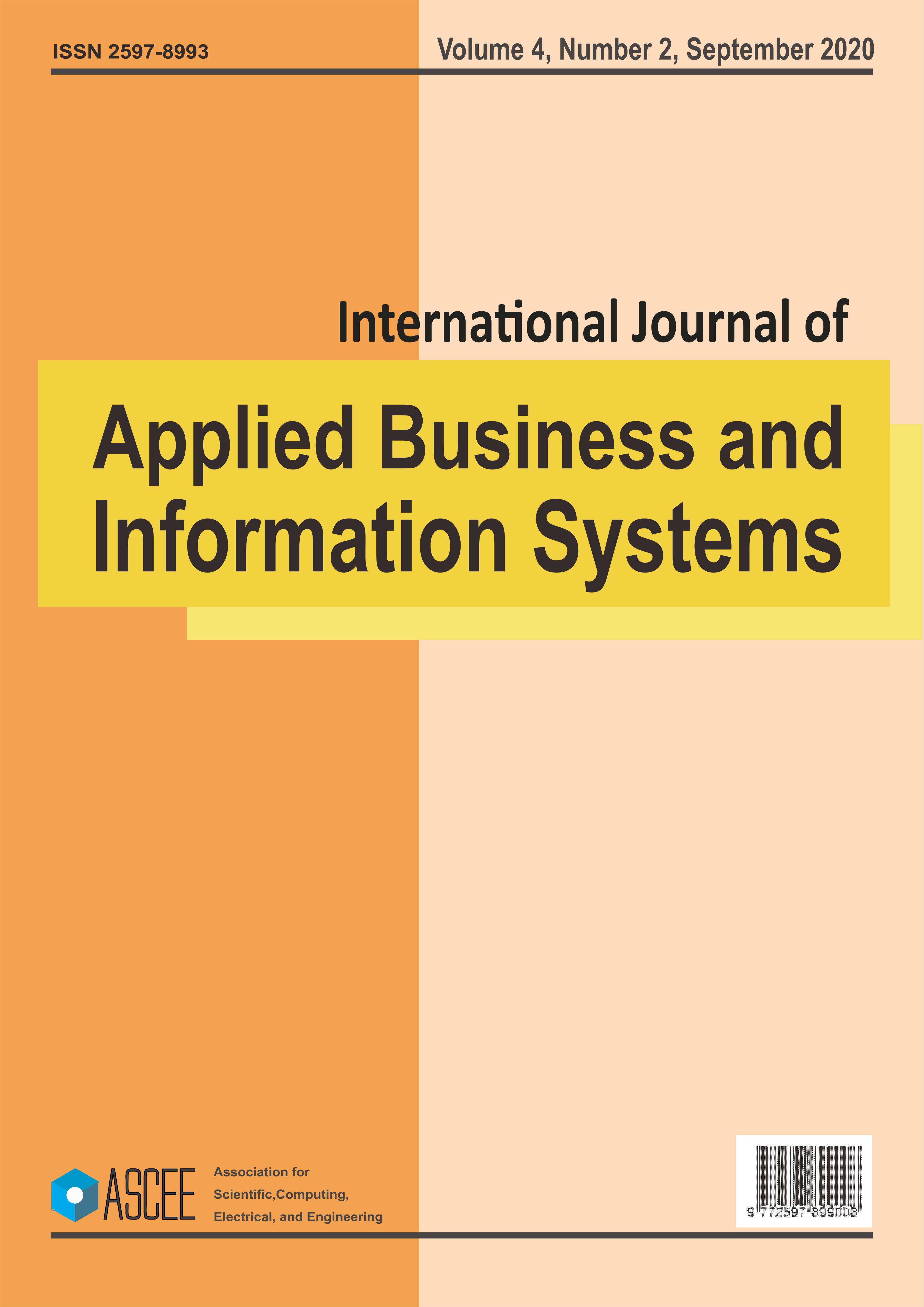Analysis of Factors Affecting Rice Production in Kulon Progo District in 2012-2017 Using Software R and Geoda
DOI:
https://doi.org/10.31763/ijabis.v4i2.448Keywords:
Rice Production, Data Panel Regression, CEMAbstract
Development in the agricultural sector is one of the basic needs for food security in Indonesia. One goal is to improve the quality of agricultural production in order to create food security and increase the welfare of farmers. Based on BPS data in 2016, the number of paddy production in Kulon Progo Regency is at number 4, relatively low compared to other districts in DI Yogyakarta Province. Rice production in Kulon Progo Regency in 2016 was recorded at 116,452.30 tons. and in 2017 there was a decrease in rice production by 0.08% with production of 113,358.80 tons. Increasing rice production needs to be done, because the need for rice will increase every year. Therefore an analysis of the factors that affect rice production will be carried out. The analytical method used is panel data regression. The results of this study, the best panel data regression model using CEM. Variable harvest area, number of farmers, and average production can explain the variable of rice production by 98.521%. The model equation is as follows:
Production = -320.748685 + 6,598419 LAPit - 0.065235 JPit + 8.264648 RRPit
References
Noor, Y. 2018. Pengaruh Tenaga Kerja, Luas Panen, dan Pupuk terhadap Produksi Padi di Jawa Tengah. Skripsi. Jurusan Ilmu Ekonomi Fakultas Ekonomi dan Bisnis Universitas Muhammadiyah Surakarta.
Junita. 2012. Analisis Faktor-faktor yang mempengaruhi Produksi Padi di Kabupaten Langkat. Jurnal. Jurusan Agribisnis Universitas Medan Area. Sriyana, J. 2014. Metode Regresi Data Panel. Yogyakarta: Ekonisia.
Lupja, R. 2014. Analisis Faktor-faktor yang mempengaruhi Produksi Padi di Indonesia tahun 2009-2013. Jurnal. Jurusan Ilmu Ekonomi Fakultas Ekonomi dan Bisnis Universitas Muhamadiyah Yogyakarta.
Pangestika, S. 2015. Analisis Estimasi Model Regresi Data Panel dengan Pendekatan Common Effect Model, Fixed Effect Model, dan Random Effect Model. Semarang: Universitas Negeri Semarang.
Sriyana, J. 2014. Metode Regresi Data Panel. Yogyakarta: Ekonisia.
Downloads
Published
How to Cite
Issue
Section
License
Copyright (c) 2021 Siti Rahmawati Hindo, Tuti Purwaningsih

This work is licensed under a Creative Commons Attribution-ShareAlike 4.0 International License.








